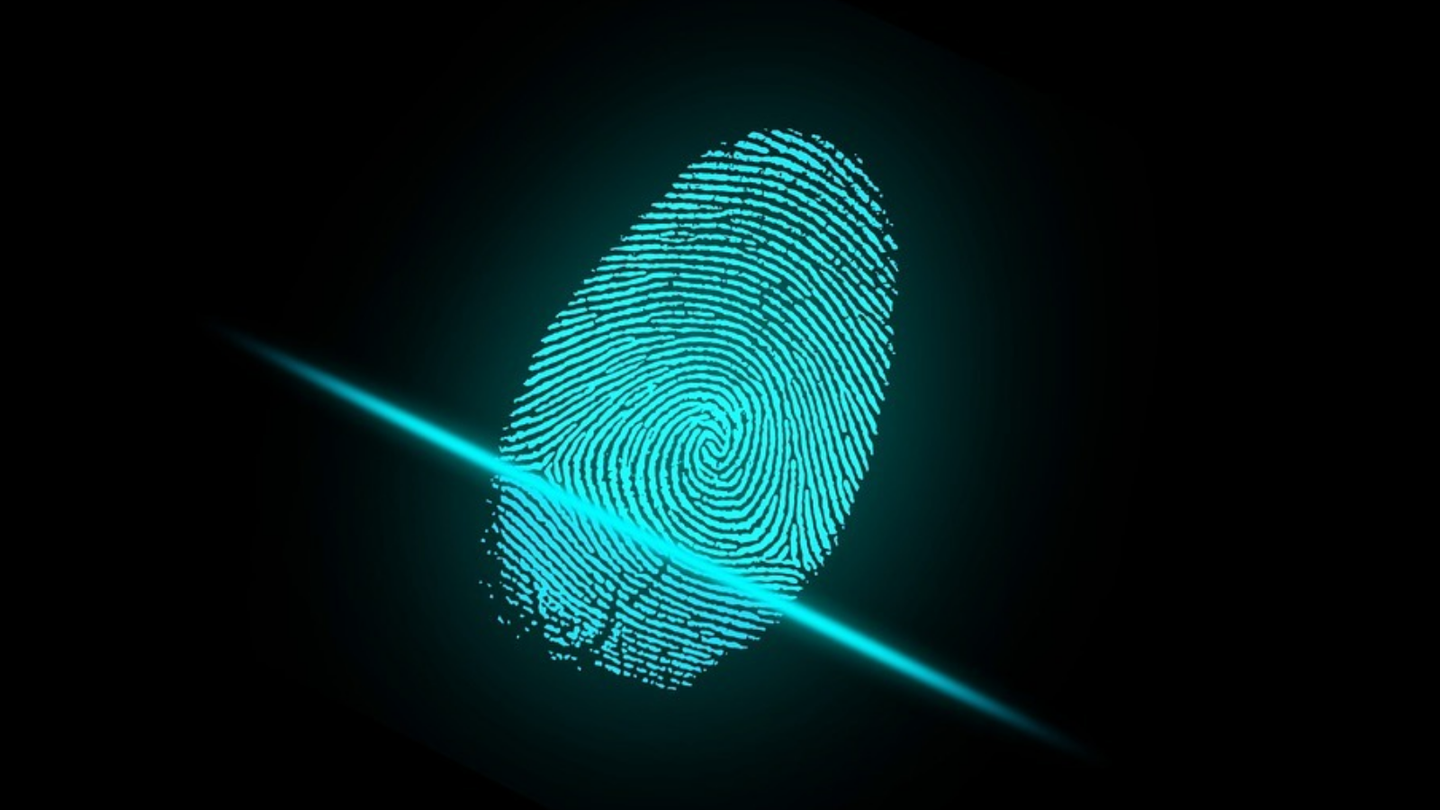
Hot Picks
How to run Facebook ads in 2025? Ideas

Hot Picks
How to promote on Amazon? Sharing various promotion methods

Hot Picks
Choose BitBrowser for fingerprint browsers, and look for the only official website: bitbrowser.cn
Can anti-detection browsers prevent canvas fingerprinting?
Time: 2023-07-22 18:23 Click:
In general, websites or advertisers want a technology that can accurately locate each individual on the Internet, so that they can collect and analyze the data of these individuals to push advertisements and other activities more accurately. This is browser fingerprinting. Many people choose to use anti-detection browsers to prevent browser fingerprint tracking. Some browser fingerprints are canvas fingerprints, so how does the anti-detection browser perform anti-detection on canvas fingerprints?
Canvas is a new element in HTML5, which is used to draw images on web pages. It provides a two-dimensional drawing API controlled by JavaScript that developers can use to generate graphics, animations, and even implement complex effects such as image editing and video processing. If you have a paintbrush in your hand, the webpage is your canvas, on which you can paint freely and create all kinds of wonderful images and animations. This is the magic that HTML5's new Canvas element brings to you. Not only that, you can also control this brush through JavaScript to create dreamlike effects, and even realize complex functions such as image editing and video processing.

Canvas fingerprinting begins when a website asks your browser to draw a canvas object. The canvas object is not a browser fingerprint, but a tool for creating images using JavaScript.
If multiple elements, colors, and backgrounds are included, the image will become complex and may appear slightly different on different computers. Even slightly different hash values can vary wildly. This is why different computers produce different images even when given the same command.
When two computers perform the same drawing task, border pixels will have slightly different hues, among other differences. These small process differences can cause images to look the same to us, but websites to look very different. Please note that scientific investigations have shown that computer hardware, drivers and browser versions can all affect glyph rendering results. Additionally, our research shows that computers with the same graphics processing unit (GPU) will most likely produce the same drawing results. The website will compare the canvas fingerprint data through the hash value。
The website will issue drawing instructions to the browser and perform canvas fingerprint tracking, but it is not realistic to return the rendered image. Therefore, a hash function is used as a tool to compress the data size and maintain the uniqueness of the data.
The website will issue drawing instructions to the browser and perform canvas fingerprint tracking, but it is not realistic to return the rendered image. Therefore, a hash function is used as a tool to compress the data size and maintain the uniqueness of the data.
Small differences in the image will also produce different hash values. This process allows a website to identify and track a visitor's device through a unique hash. How to prevent this detection you need to use anti-detection browser.
For Canvas fingerprints, the anti-detection browser has some unique strategies, which will return a fixed and fake Canvas fingerprint to deceive the detection of the website; assign fingerprint data to each browser window environment separately, the same as the first method, but also inject a random noise into the canvas, but the noise is fixed.

 Multi-Account Management
Multi-Account Management Prevent Account Association
Prevent Account Association Multi-Employee Management
Multi-Employee Management



